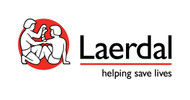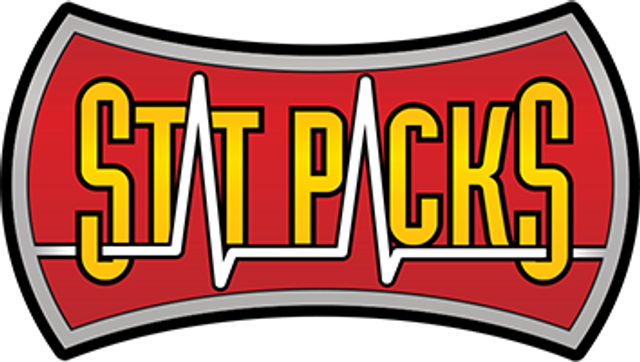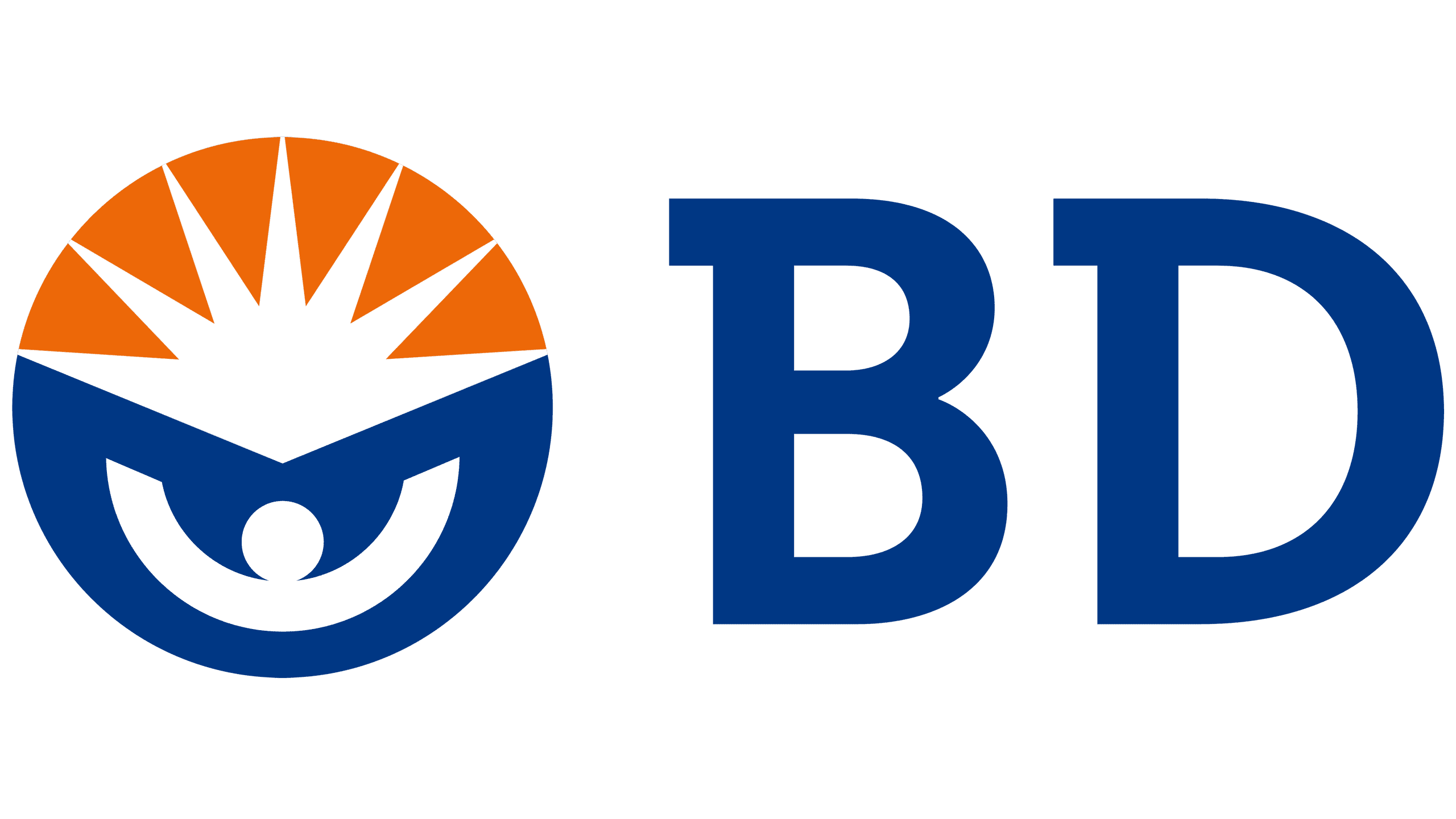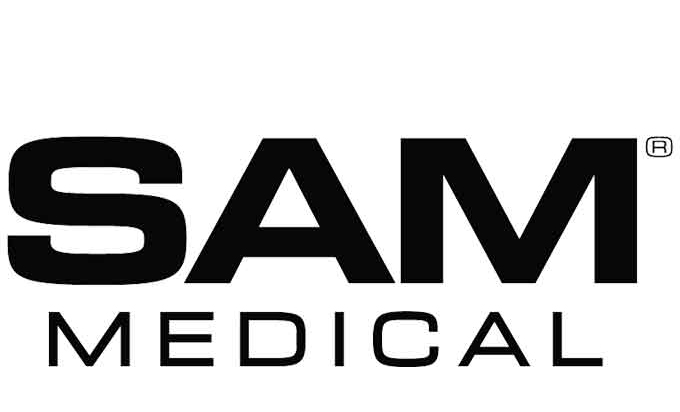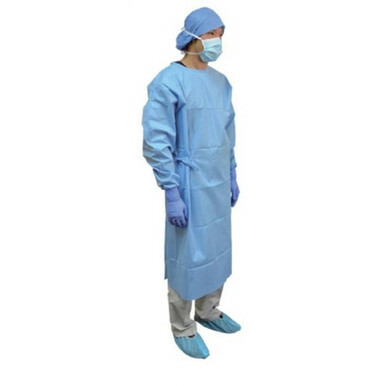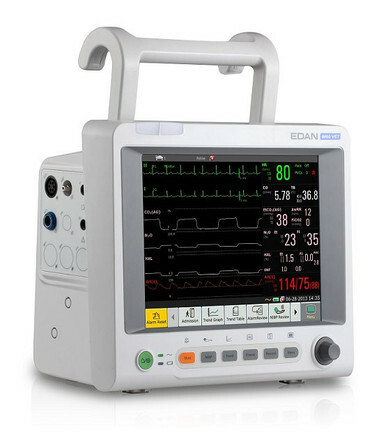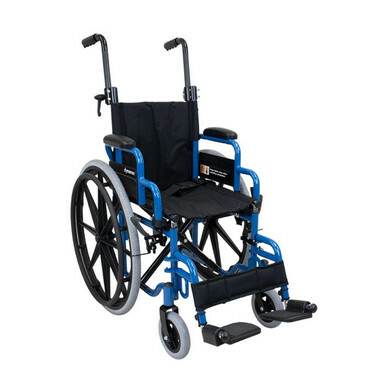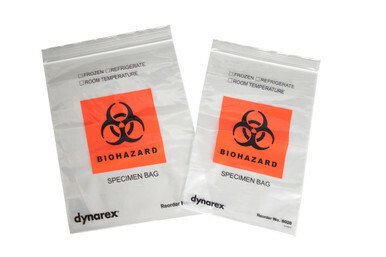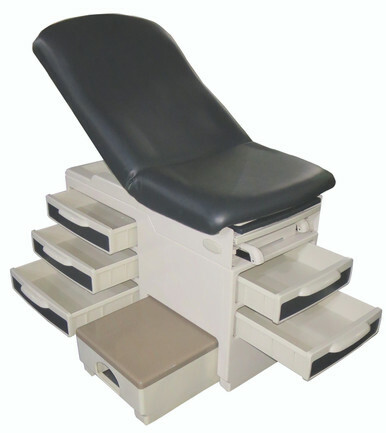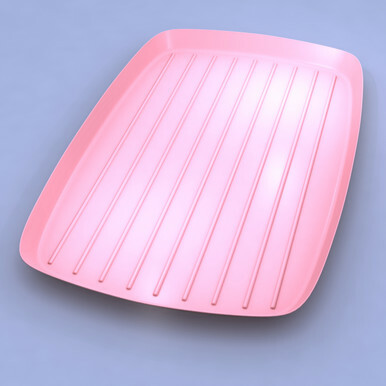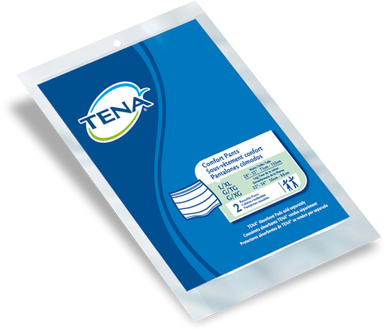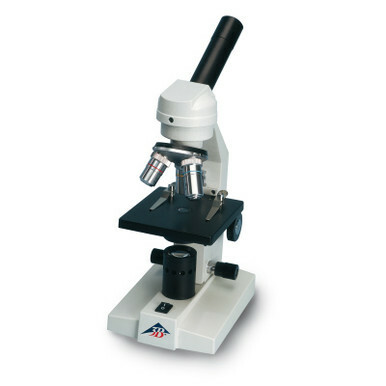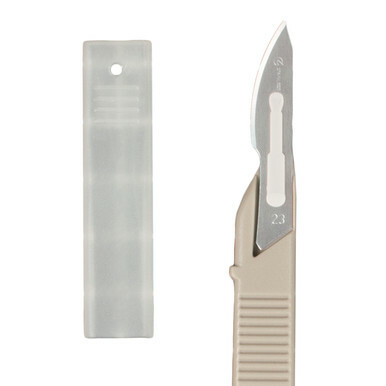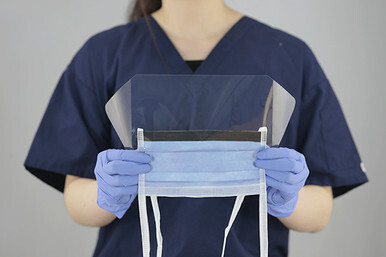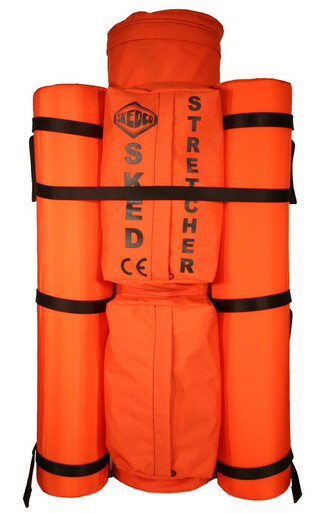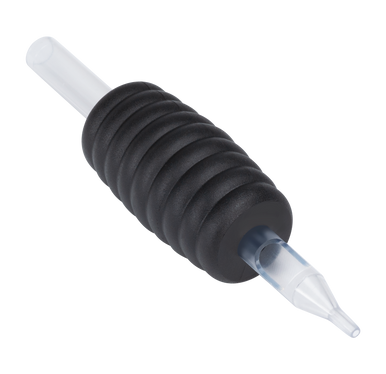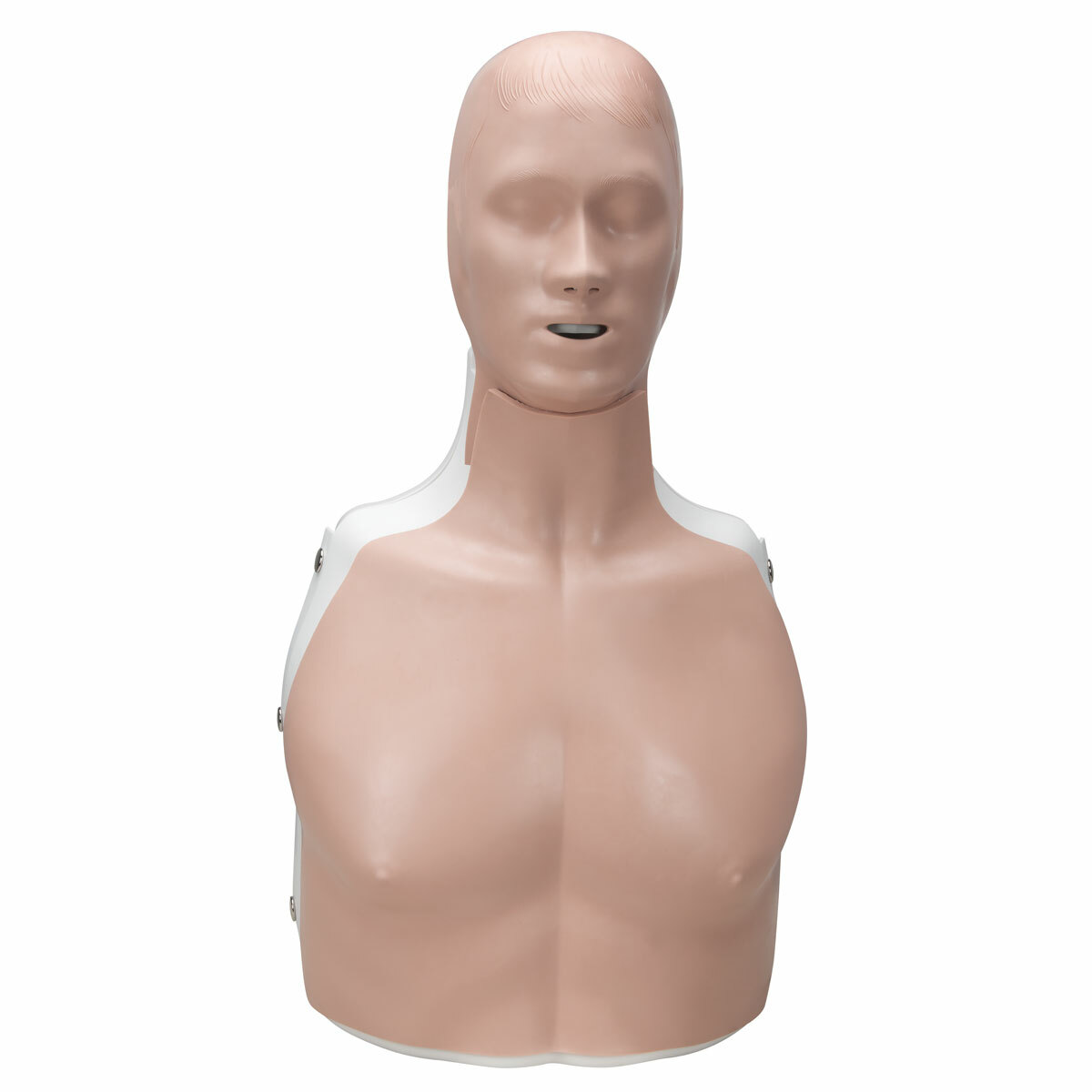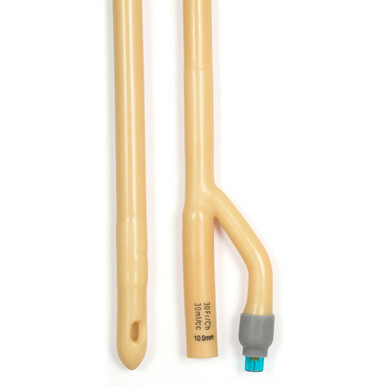Breath of Life: Unveiling the Importance of CPR Masks in Emergency Response
Posted by EMRN on 2nd Feb 2024
In the critical moments of an emergency, every second counts, especially when it comes to cardiopulmonary resuscitation (CPR). Among the essential tools that empower responders and bystanders to make a difference is the CPR mask. This blog post explores the significance of CPR masks, their design, applications, and why they are indispensable in providing life-saving assistance.
Understanding CPR Masks:
- Purpose and Functionality: CPR masks, also known as pocket masks, serve a crucial role in delivering rescue breaths during CPR. Their primary purpose is to act as a barrier, preventing direct mouth-to-mouth contact and reducing the risk of cross-contamination.
- Compact and Portable Design: CPR masks are designed to be compact and portable, making them ideal for inclusion in first aid kits, emergency response bags, and AED (Automated External Defibrillator) kits. Their lightweight construction ensures they can be readily available in various settings.
Applications in Emergency Response:
- Protection for Rescuers: CPR masks provide a protective barrier for rescuers, allowing them to perform rescue breaths without direct contact with the individual's mouth. This is particularly crucial in situations where the cause of cardiac arrest is unknown.
- Reducing Cross-Contamination: The one-way valve in CPR masks prevents the exchange of bodily fluids between the rescuer and the individual in distress, minimizing the risk of infection and cross-contamination.
- Ensuring Proper Ventilation: The design of CPR masks often includes a one-way valve and a filter, ensuring that exhaled air is directed away from the rescuer. This facilitates effective ventilation while maintaining a safe environment for everyone involved.
Key Features of CPR Masks:
- One-Way Valve: The one-way valve is a crucial component that allows air to flow from the rescuer to the individual in need while preventing the reverse flow of air. This ensures that the rescue breaths are effective and safe.
- Elastic Head Strap: Many CPR masks come with an elastic head strap to secure the mask in place during use. This feature enhances stability and allows the rescuer to focus on administering CPR effectively.
- Built-in Filter: CPR masks often incorporate a built-in filter, further enhancing their ability to prevent the exchange of contaminants. The filter helps maintain a sterile environment during emergency responses.
Training and Familiarization:
- CPR Training Sessions: Familiarity with CPR masks is an integral part of CPR training sessions. Individuals are taught how to properly use a CPR mask, ensuring they can confidently and effectively respond to emergencies.
- Regular Equipment Checks: It is essential for individuals and healthcare professionals to regularly check and maintain their CPR masks to ensure they are in optimal working condition when needed.
CPR masks are unsung heroes in emergency response, providing a vital link in the chain of survival. Their portable design, protective features, and ease of use make them indispensable tools for both trained responders and laypeople alike. By understanding the importance of CPR masks and incorporating them into emergency preparedness efforts, we empower individuals to be proactive lifesavers in their communities.



